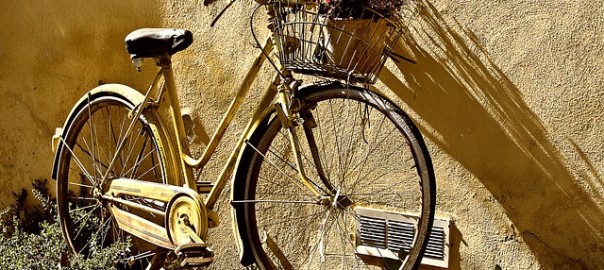C
Cycling is a very good way for pensioners to take exercise, keep in contact with friends and explore their local countryside.
When choosing a bicycle, always insist on a road test, and if a suitable opportunity arises, pedal it home as fast as you can. If the dealer is less co-operative, it’s still essential to sit on your chosen mount for at least two hours (take a book to help pass the time), since most saddles are not designed for comfort and some may even hasten the onset of piles.
Never consider any bike with less than two wheels, or low-priced models in which the handlebars are optional. Bells, brakes and lights are useful, but not essential. If you usually take large quantities of sandwiches or small items of furniture with you, a pannier is a handy extra, while an overhead luggage rack can accommodate a large trunk and several chicken.
Most towns now have cycle lanes, which are normally occupied by builders’ vans, and some have reserved half the pavement for cyclists – though this space is usually occupied by joggers, unruly dogs, single mothers with prams, people using mobile phones, pensioners on mobility scooters and acrobats.
Cycling in the country can be dangerous, and several cyclists have been seriously injured by cows, tractors and badgers in carts. Seaside promenades are by far the most pleasurable place to cycle any distance, but care should be taken not to ride off the end of piers or become entangled with gulls.
Competitive cycling is only of interest to people who like to take enormous amounts of drugs, but you can simulate the feeling of leading the Tour de France by painting your upper body yellow and hiring a fat, sweaty man to throw water over you.

